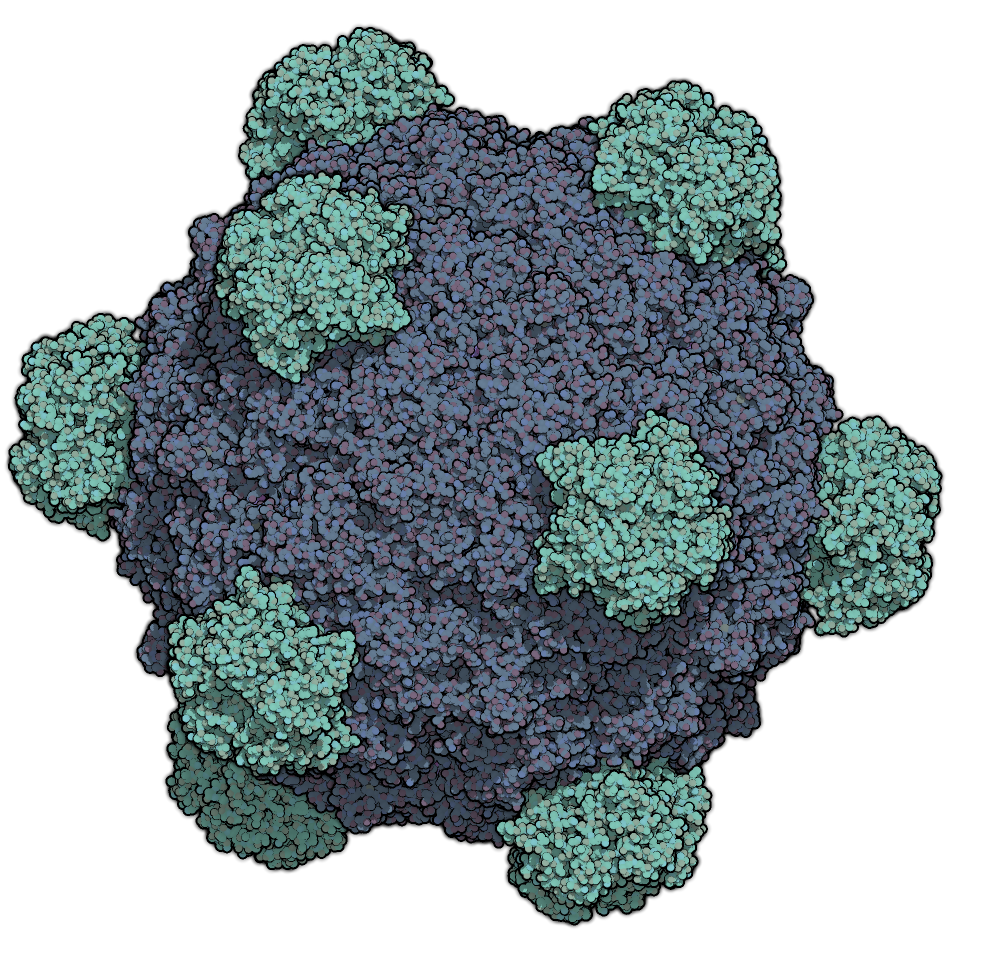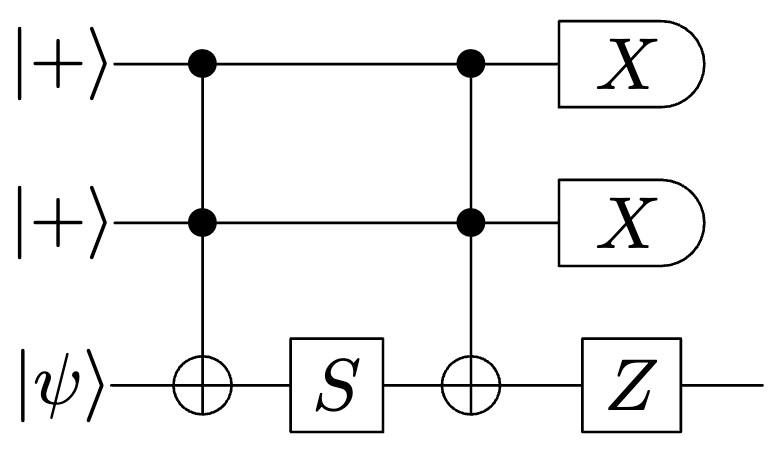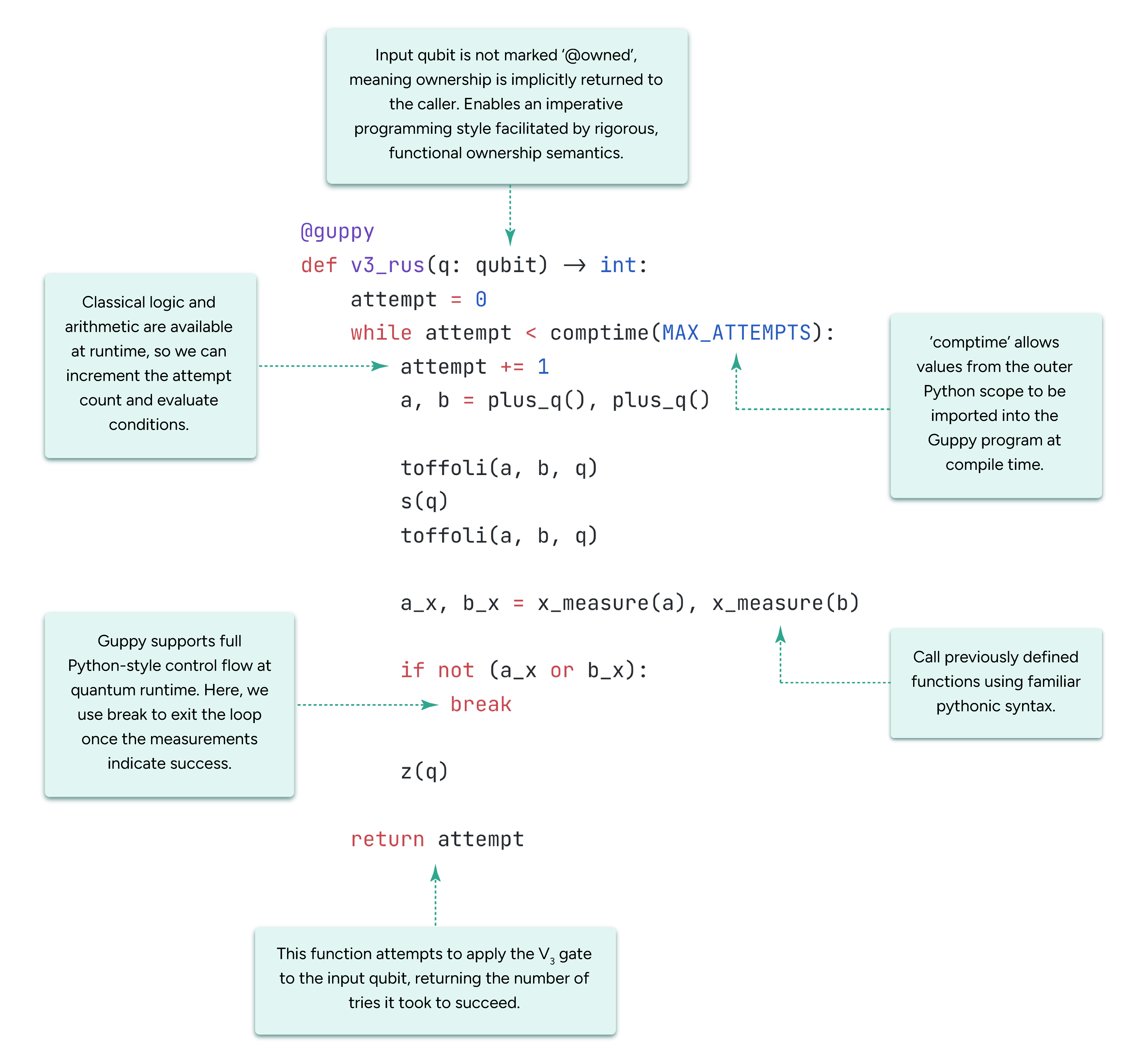At “π…´÷±≤•, we pay attention to every detail. From quantum gates to teleportation, we work hard every day to ensure our quantum computers operate as effectively as possible. This means not only building the most advanced hardware and software, but that we constantly innovate new ways to make the most of our systems.
A key step in any computation is preparing the initial state of the qubits. Like lining up dominoes, you first need a special setup to get meaningful results. This process, known as state preparation or “state prep,” is an open field of research that can mean the difference between realizing the next breakthrough or falling short. Done ineffectively, state prep can carry steep computational costs, scaling exponentially with the qubit number.
Recently, our algorithm teams have been tackling this challenge from all angles. We’ve published three new papers on state prep, covering state prep for chemistry, materials, and fault tolerance.
In the , our team tackled the issue of preparing states for quantum chemistry. Representing chemical systems on gate-based quantum computers is a tricky task; partly because you often want to prepare multiconfigurational states, which are very complex. Preparing states like this can cost a lot of resources, so our team worked to ensure we can do it without breaking the (quantum) bank.
To do this, our team investigated two different state prep methods. The first method uses , implemented to save computational costs. The second method exploits the sparsity of the molecular wavefunction to maximize efficiency.
Once the team perfected the two methods, they implemented them in InQuanto to explore the benefits across a range of applications, including calculating the ground and excited states of a strongly correlated molecule (twisted C_2 H_4). The results showed that the “sparse state preparation” scheme performed especially well, requiring fewer gates and shorter runtimes than alternative methods.
In the , our team focused on state prep for materials simulation. Generally, it’s much easier for computers to simulate materials that are at zero temperature, which is, obviously, unrealistic. Much more relevant to most scientists is what happens when a material is not at zero temperature. In this case, you have two options: when the material is steadily at a given temperature, which scientists call thermal equilibrium, or when the material is going through some change, also known as out of equilibrium. Both are much harder for classical computers to work with.
In this paper, our team looked to solve an outstanding problem: there is no standard protocol for preparing thermal states. In this work, our team only targeted equilibrium states but, interestingly, they used an out of equilibrium protocol to do the work. By slowly and gently evolving from a simple state that we know how to prepare, they were able to prepare the desired thermal states in a way that was remarkably insensitive to noise.
Ultimately, this work could prove crucial for studying materials like superconductors. After all, no practical superconductor will ever be used at zero temperature. In fact, we want to use them at room temperature – and approaches like this are what will allow us to perform the necessary studies to one day get us there.
Finally, as we advance toward the fault-tolerant era, we encounter a new set of challenges: making computations fault-tolerant at every step can be an expensive venture, eating up qubits and gates. In the , our team made fault-tolerant state preparation—the critical first step in any fault-tolerant algorithm—roughly twice as efficient. With our new “flag at origin” technique, gate counts are significantly reduced, bringing fault-tolerant computation closer to an everyday reality.
The method our researchers developed is highly modular: in the past, to perform optimized state prep like this, developers needed to solve one big expensive optimization problem. In this new work, we’ve figured out how to break the problem up into smaller pieces, in the sense that one now needs to solve a set of much smaller problems. This means that now, for the first time, developers can prepare fault-tolerant states for much larger error correction codes, a crucial step forward in the early-fault-tolerant era.
On top of this, our new method is highly general: it applies to almost any QEC code one can imagine. Normally, fault-tolerant state prep techniques must be anchored to a single code (or a family of codes), making it so that when you want to use a different code, you need a new state prep method. Now, thanks to our team’s work, developers have a single, general-purpose, fault-tolerant state prep method that can be widely applied and ported between different error correction codes. Like the modularity, this is a huge advance for the whole ecosystem—and is quite timely given our recent advances into true fault-tolerance.
This generality isn’t just applicable to different codes, it’s also applicable to the states that you are preparing: while other methods are optimized for preparing only the |0> state, this method is useful for a wide variety of states that are needed to set up a fault tolerant computation. This “state diversity” is especially valuable when working with the best codes – codes that give you many logical qubits per physical qubit. This new approach to fault-tolerant state prep will likely be the method used for fault-tolerant computations across the industry, and if not, it will inform new approaches moving forward.
From the initial state preparation to the final readout, we are ensuring that not only is our hardware the best, but that every single operation is as close to perfect as we can get it.








